The Ultimate List of Anti-Inflammatory Foods
Inflammation is a natural response by your body, but chronic inflammation can lead to serious health issues. The good news? What you eat plays a big role in controlling it. Adding the right foods to your diet can reduce inflammation, ease discomfort, and support overall health. In this post, you’ll find a comprehensive list of foods that reduce inflammation which will help you feel so much better!
Top Anti-Inflammatory Foods
The foods you choose can significantly impact inflammation in your body. By making thoughtful choices, you can reduce chronic inflammation and improve your health. Below is a breakdown of the best anti-inflammatory foods you should consider adding to your meals.

Fruits
Fruits are packed with antioxidants, vitamins, and fiber, making them an excellent choice for fighting inflammation. Here are a few standouts:
Berries: Blueberries, strawberries, raspberries, and blackberries are rich in anthocyanins, which reduce inflammation.
Cherries: Tart cherries, in particular, are known for their anti-inflammatory compounds that may ease joint pain.
Oranges: Loaded with vitamin C and flavonoids, oranges promote immune health and manage inflammation.
Adding a handful of berries to your breakfast or enjoying an orange as a midday snack is an easy way to boost your anti-inflammatory diet.
Vegetables
Vegetables, specifically dark leafy greens and cruciferous options, are nutritional powerhouses. These veggies are high in antioxidants and essential nutrients:
Spinach and Kale: Loaded with vitamins A, C, and K, these greens are natural inflammation fighters.
Broccoli: A cruciferous vegetable rich in sulforaphane, a compound known to block inflammation.
Bell Peppers: Brightly colored peppers are full of vitamin C and quercetin, a natural anti-inflammatory.
The key is to make veggies a regular part of your meals. Think fresh salads, sautéed greens, or roasted broccoli as side dishes.
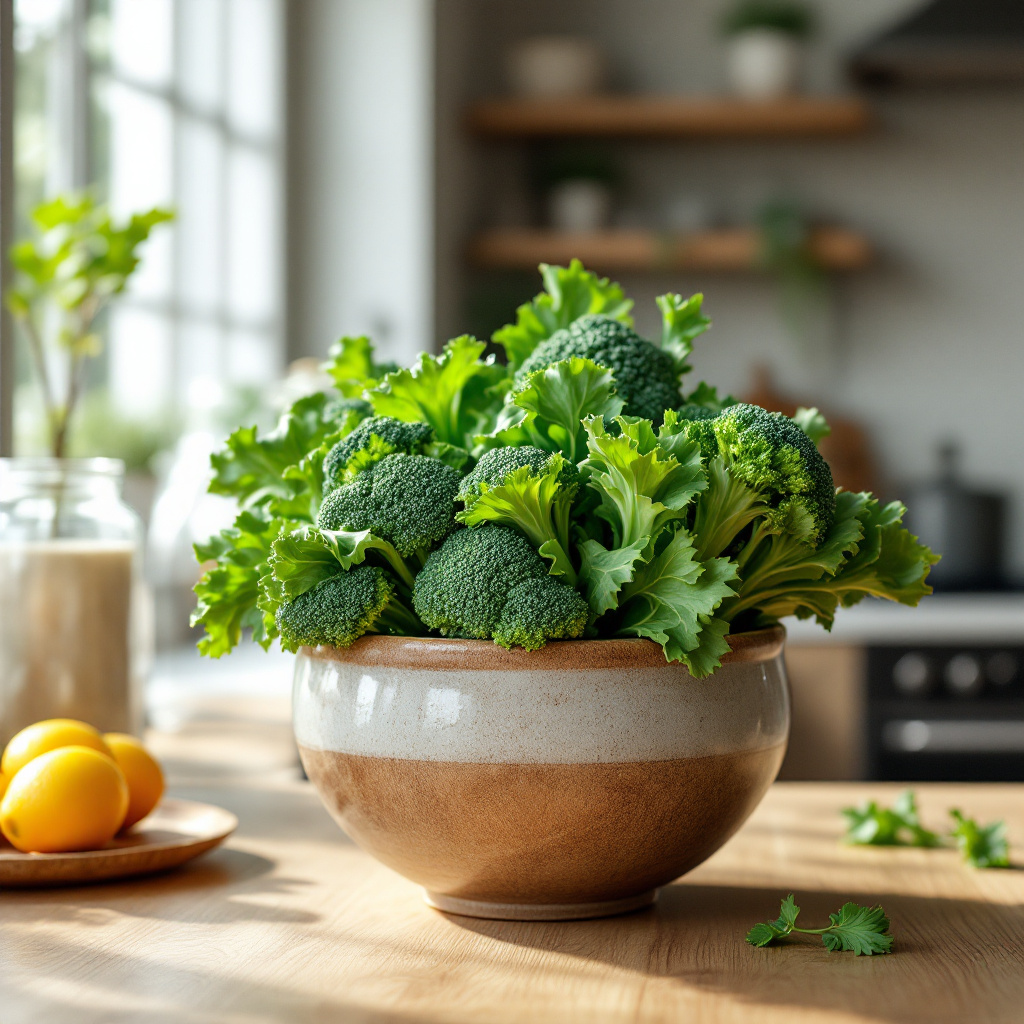
Fatty Fish
Fatty fish are one of the best sources of omega-3 fatty acids, which are proven to lower inflammation. A few options include:
Salmon: High in EPA and DHA, omega-3s that reduce inflammation tied to heart disease.
Mackerel: A budget-friendly fish that’s rich in anti-inflammatory omega-3s.
Sardines: These little fish are nutrient-dense and ideal for adding to salads or snacks.
Aim to include fatty fish at least twice a week for heart and joint support.
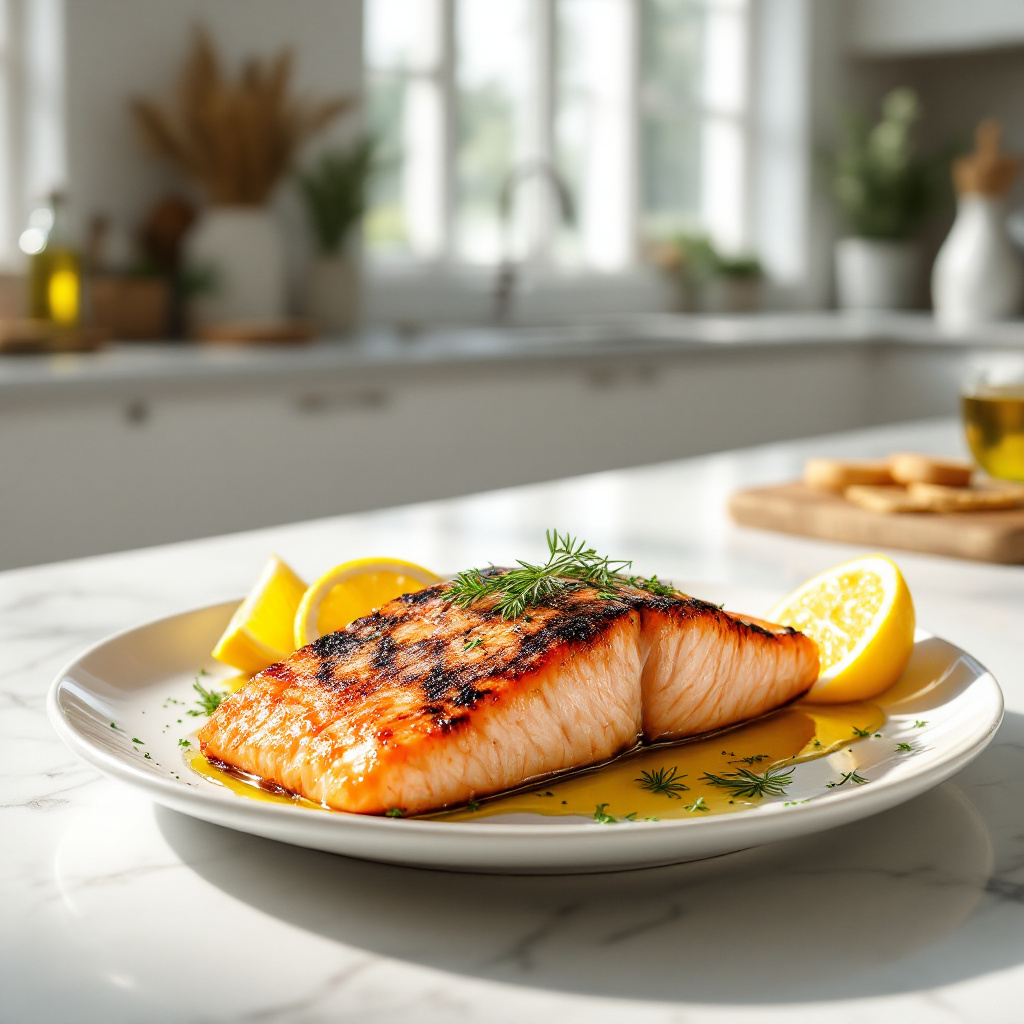
Nuts and Seeds
Nuts and seeds provide healthy fats, fiber, and antioxidants. They make for a convenient snack or a great topping for meals. Look at these options:
Walnuts: Packed with omega-3s, walnuts are one of the best nuts to fight inflammation.
Almonds: Rich in vitamin E, these nuts combat oxidative stress in the body.
Flaxseeds and Chia Seeds: Tiny but mighty, they’re high in plant-based omega-3s and fiber.
Sprinkle seeds on your cereal or throw a handful of nuts into your trail mix for a delicious inflammation-busting boost.
Whole Grains
Whole grains are an excellent alternative to refined carbohydrates, which can increase inflammation. These options are high in fiber and keep inflammation in check:
Oats: A hearty source of beta-glucan, a type of soluble fiber that helps lower inflammation.
Brown Rice: Provides magnesium and antioxidants, both important for reducing chronic inflammation.
Quinoa: A gluten-free grain that’s protein-rich and known to support overall health.
Switching to whole grains is as easy as opting for brown rice over white or adding oats to your morning routine.
Incorporating these foods into your diet isn’t just about managing inflammation—it’s about creating healthier habits that support your overall well-being.
Herbs and Spices with Anti-Inflammatory Properties
Herbs and spices do more than enhance the flavor of your meals—they can also support your health. Packed with bioactive compounds, many have natural anti-inflammatory properties that can help you manage chronic inflammation. Let’s take a closer look at some of the most powerful options.
Turmeric
Turmeric is a golden-yellow spice commonly used in Indian and Southeast Asian cuisine. Its active ingredient, curcumin, is what sets it apart. Curcumin has been extensively studied for its anti-inflammatory properties. It works by blocking molecules like NF-kB, which play a significant role in inflammation.
Curcumin has also been linked to relieving symptoms of arthritis, heart disease, and even inflammatory bowel conditions. For better absorption, pair turmeric with black pepper. Piperine, a compound in black pepper, improves curcumin absorption by up to 2,000%. Consider adding turmeric to soups, curries, or even smoothies for an extra health boost.
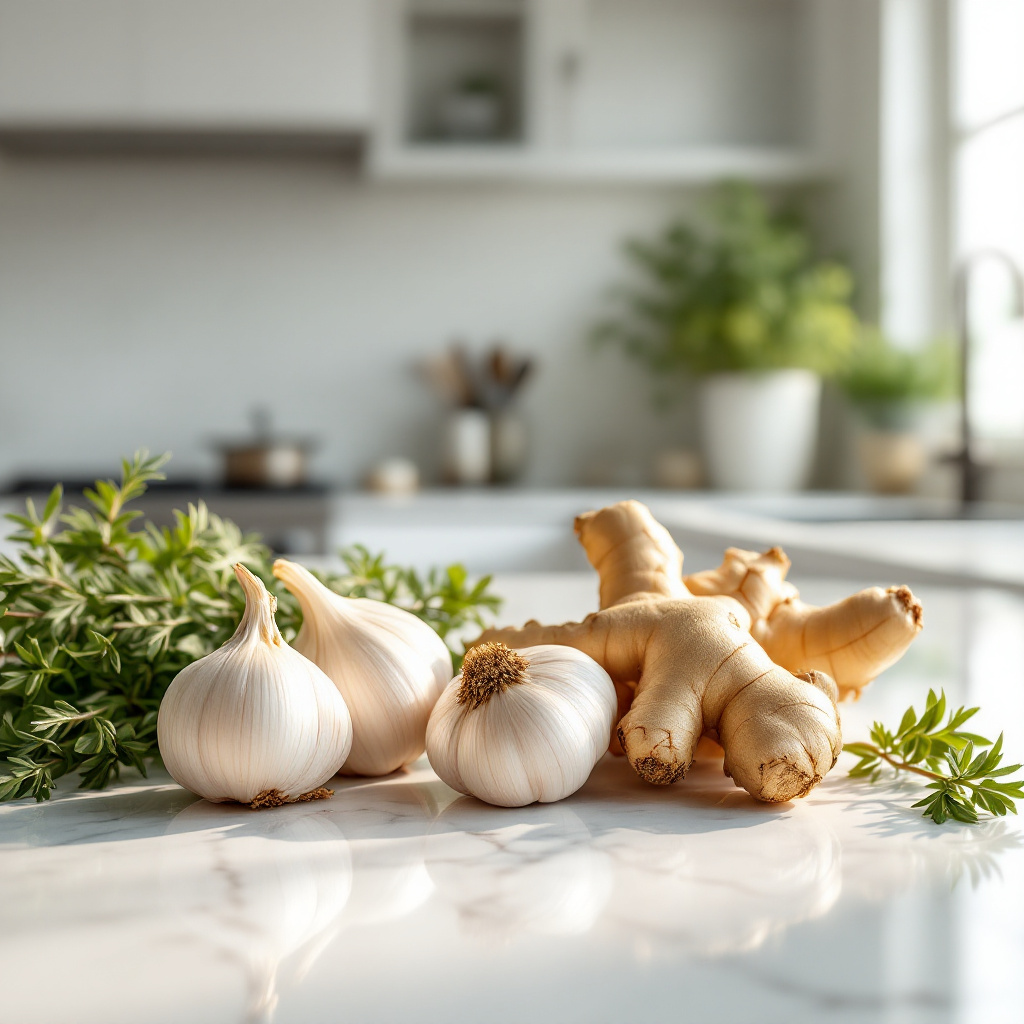
Ginger
Ginger isn’t just great for soothing an upset stomach—it’s also a potent anti-inflammatory spice. Its active compounds, gingerols and shogaols, can help reduce inflammation at the cellular level by inhibiting prostaglandins, compounds that trigger inflammation.
Studies suggest ginger may ease pain associated with osteoarthritis and rheumatoid arthritis. It’s also beneficial for muscle soreness after intense exercise. You can easily incorporate ginger into your diet by grating it into hot tea, stir-fries, or baked goods. The subtle zest it adds to dishes is a bonus!
Garlic
Garlic often takes a starring role in savory dishes, but it’s also a health powerhouse. Its inflammation-fighting effects come from allicin, a compound released when garlic is chopped or crushed. Allicin helps suppress inflammatory markers in the body, making garlic a valuable ally for reducing chronic inflammation.
Regular consumption of garlic has been associated with lower risks of heart disease, improved immunity, and better joint health. Try using fresh garlic in salad dressings, marinades, or roasted vegetables to maximize its health benefits. If raw garlic feels too strong, roasting mellows the flavor while keeping the benefits intact.
By incorporating turmeric, ginger, and garlic into your meals, you’ll not only elevate the taste of your dishes but actively combat inflammation in your body.
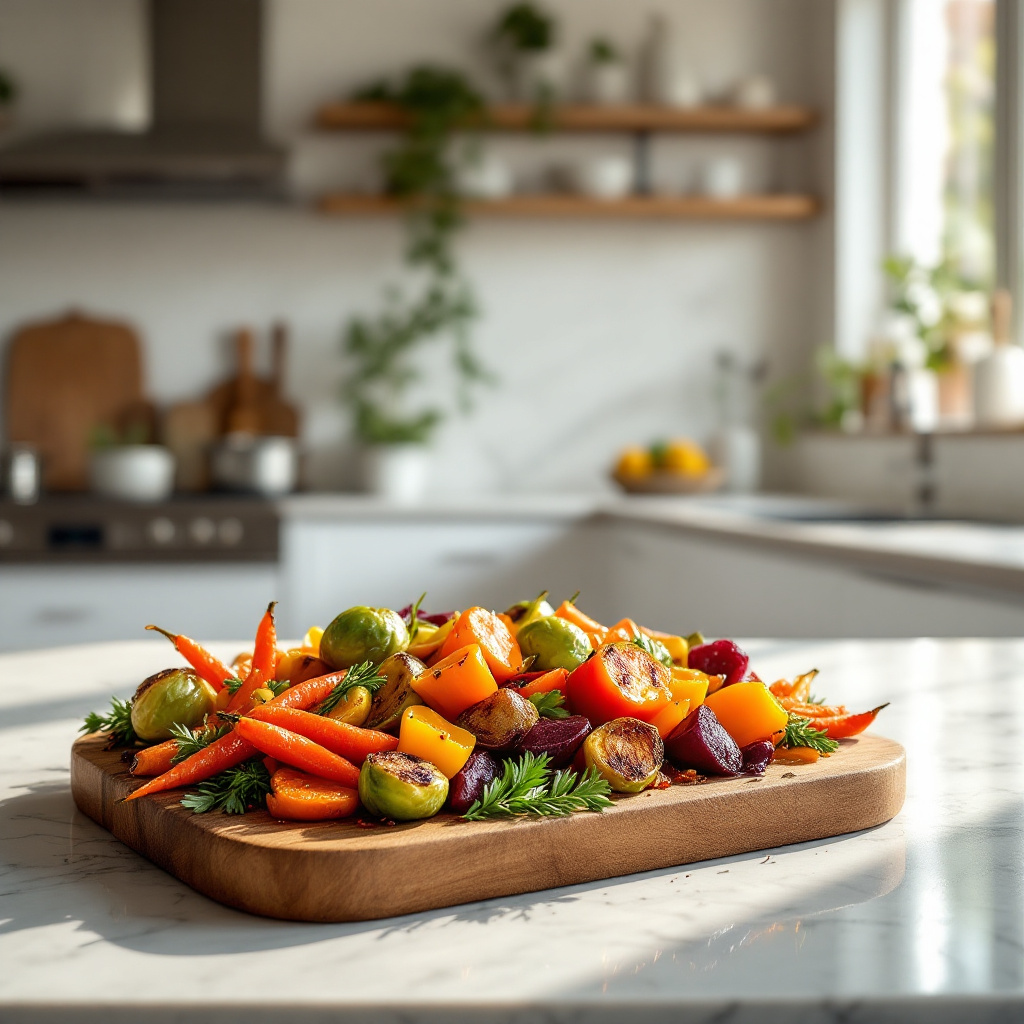
Lifestyle Tips to Reduce Inflammation
Reducing inflammation isn’t just about eating the right foods—it’s about creating sustainable lifestyle habits that support your overall health. From meal planning to staying active, small, consistent changes can make a big impact on keeping inflammation at bay.
Meal Planning and Preparation
Meal prepping can simplify your efforts to maintain an anti-inflammatory diet. Consistency is key, and planning ahead eliminates the stress of last-minute decisions.
Batch Cooking: Prepare large portions of anti-inflammatory staples like quinoa, roasted vegetables, and grilled salmon. Store them in airtight containers to assemble meals quickly throughout the week.
Snack Prep: Keep anti-inflammatory snacks like pre-cut veggies, hummus, or a mix of nuts and seeds within reach. This helps you avoid less healthy options when hunger strikes.
Freezer-Friendly Options: Cook soups, stews, or curries with turmeric and ginger in bulk. Freeze single portions for those busy days when you don’t have time to cook.

Weekly Planning: Create a meal plan that integrates anti-inflammatory foods like leafy greens, fatty fish, and whole grains. Knowing what’s on the menu makes grocery shopping easier and prevents temptation.
Think of meal prep as a long-term investment in your health. A little effort upfront saves time later and keeps you on track.
Mindful Eating Habits
How you eat matters just as much as what you eat. Developing mindful habits promotes better digestion and helps your body absorb nutrients more effectively.
Chew Slowly: It sounds simple, but taking your time to thoroughly chew food reduces stress on your digestive system.
Portion Awareness: Large portions can lead to overeating, which may trigger inflammation. Serve meals on smaller plates to help control portions.
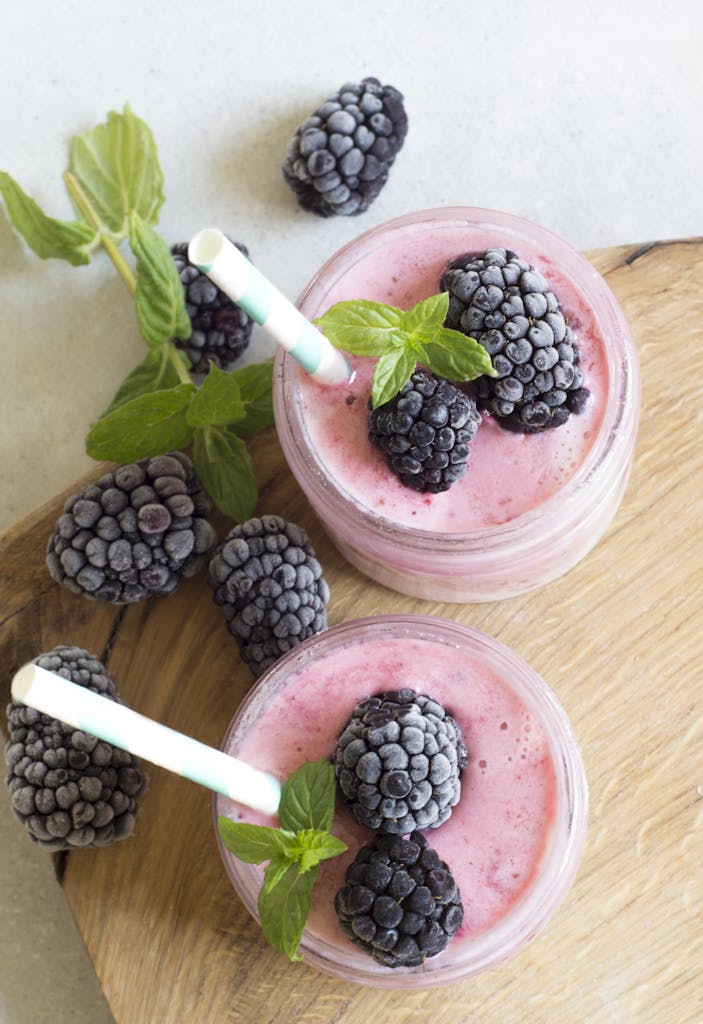
Avoid Distractions: Eating while scrolling or watching TV can lead to mindless overeating. Focus on your meal to better connect with your hunger cues.
Listen to Your Body: Pay attention to how certain foods make you feel. If something triggers discomfort, consider cutting back or removing it.
Mindful eating is a form of self-care. It’s not just about fueling your body, it’s about being present and intentional with every bite.
Physical Activity and Hydration
Staying active and hydrated are two crucial pillars of managing inflammation that are often overlooked.
Regular Movement: Exercise reduces inflammation by promoting circulation and helping your body regulate stress. Activities like walking, yoga, or strength training three to five times a week are great options.
Gentle Stretching: Chronic inflammation can stiffen the joints. Regular stretching improves flexibility and eases discomfort.
Stay Hydrated: Proper hydration flushes out toxins and supports your body’s natural processes. Aim for 8–10 glasses of water daily or more if you’re active.
Anti-Inflammatory Drinks: Herbal teas like chamomile or green tea not only hydrate but also offer anti-inflammatory benefits.

Hydration and daily movement are two simple ways to help your body feel its best. When you drink enough water and stay active, everything—from your energy to your digestion—just works better.
By weaving these tips into your daily routine, you can complement your anti-inflammatory diet and foster a healthier, more balanced lifestyle.
In Conclusion
Adopting anti-inflammatory foods into your diet is a simple yet impactful way to support your health. Small changes, like adding berries to your breakfast or swapping refined grains for whole grains, can make a big difference over time.
Start by including one or two items from this list each week. Build on these habits to create lasting change.







